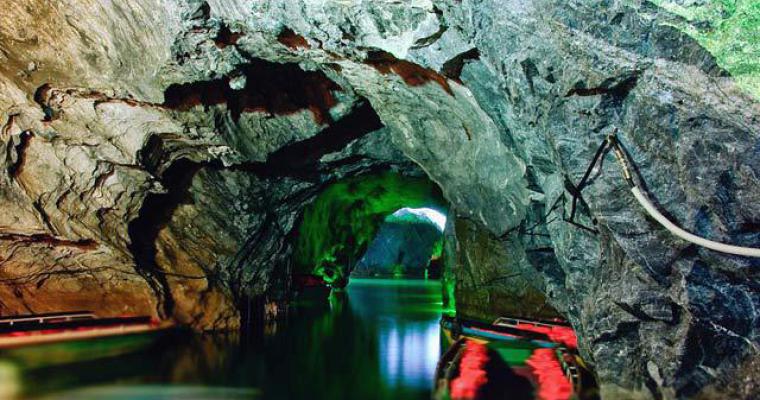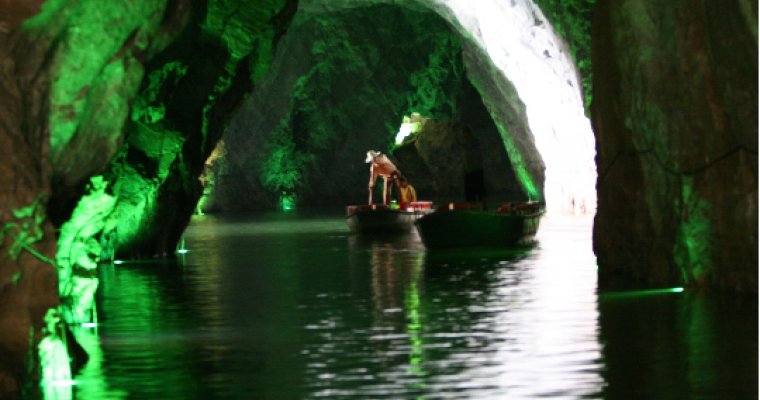The Danzhou Stone Flower Cave in Hainan is a natural marvel, a place where geology meets artistry in a dance of stone and water. Formed over 1.4 million years ago, this geopark boasts a dry cave stretching approximately 1.5 kilometers, with only 510 meters explored, revealing a treasure trove of geological wonders. Visitors can marvel at the stalactites, stalagmites, and stone pillars that tell a story of the earth's past. The stone flags, stone waterfalls, and tongues of stone create a symphony of shapes, while the curled emery stones and aragonite flowers add a touch of mystery, as their formation still baffles scientists today. The flooded cave, extending three kilometers with only 250 meters explored, holds its own allure with its deepest point reaching seventeen meters. The cave's peculiar shape is highlighted by a massive stalactite that bridges the gap between the apex and the floor, a testament to the slow yet powerful forces of nature. This subterranean wonderland is not only a feast for the eyes but also a sanctuary for the rare Chinese giant salamander, a species under national protection. The Danzhou Stone Flower Cave is a testament to the planet's history, a hidden gem that continues to captivate the hearts of explorers and nature enthusiasts alike.
Other Activities in Danzhou
Activities near Danzhou Stone Flower Caves Geopark
With 600 international design masters and an investment of RMB 160 billion, Evergrande Group created the great century work reconstructing
The Yangpu Ancient Salt Field, nestled in the Yantian village on the picturesque Yangpu Peninsula of Hainan, is a remarkable
Nestled in the lush landscapes of Hainan, the Lumuwan Waterfall is a hidden gem that offers a serene escape from








